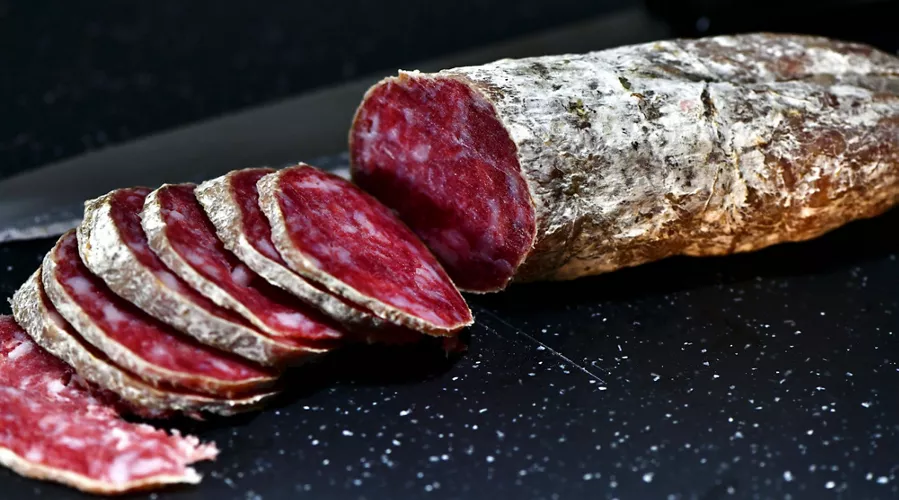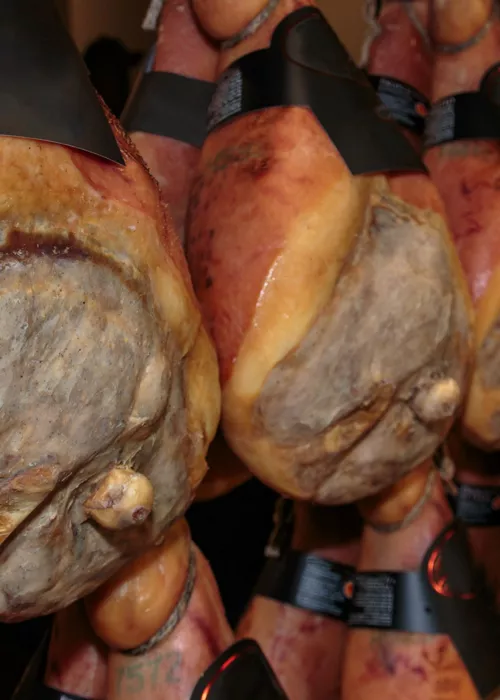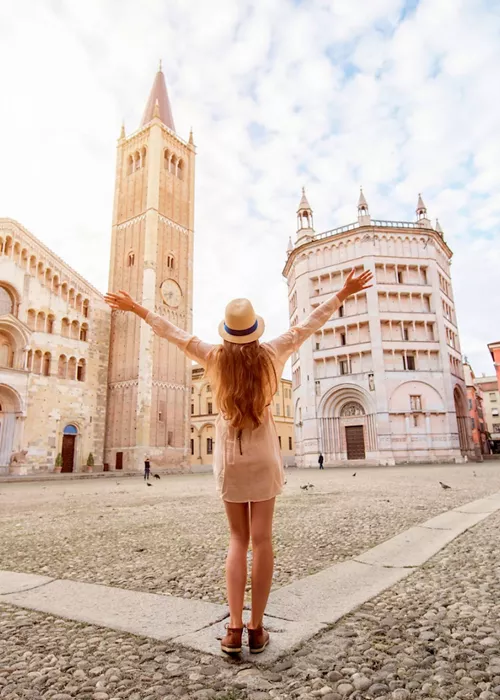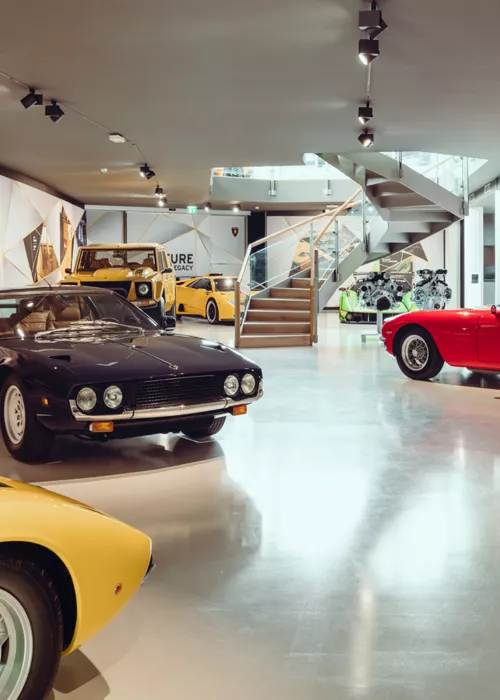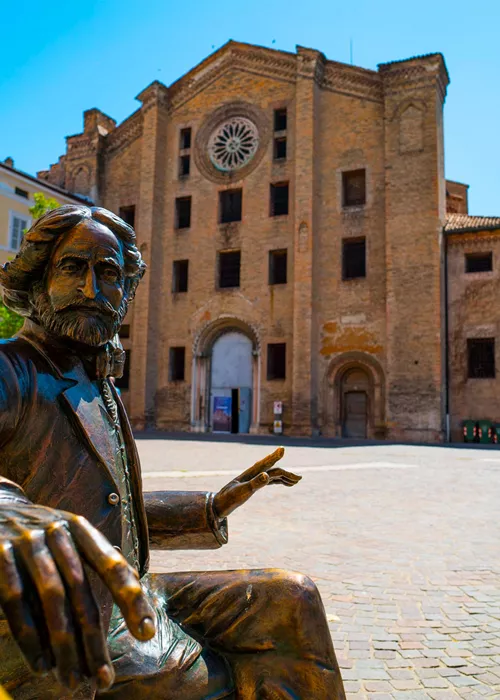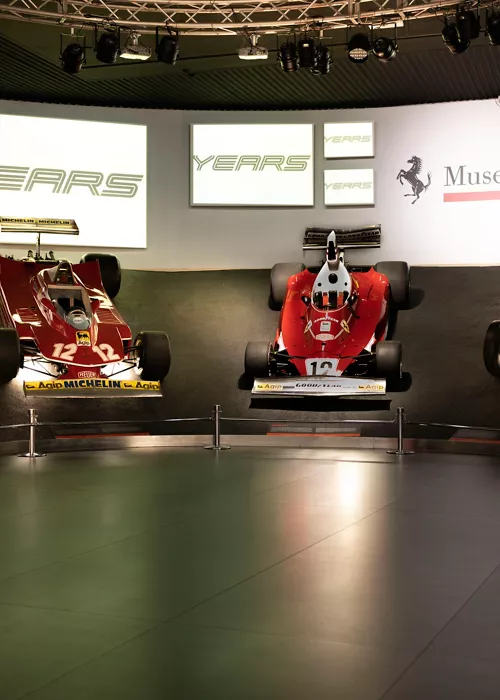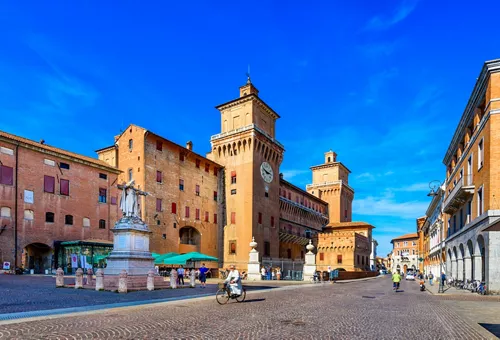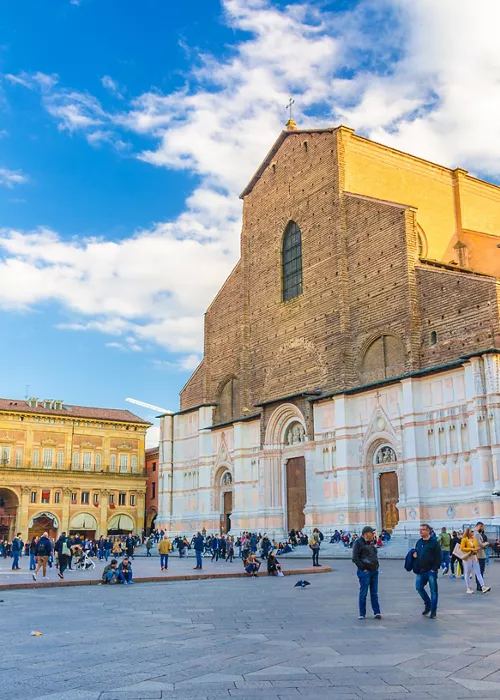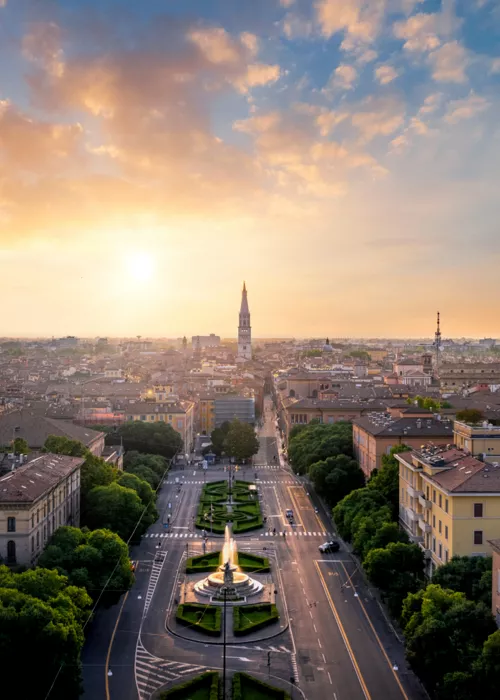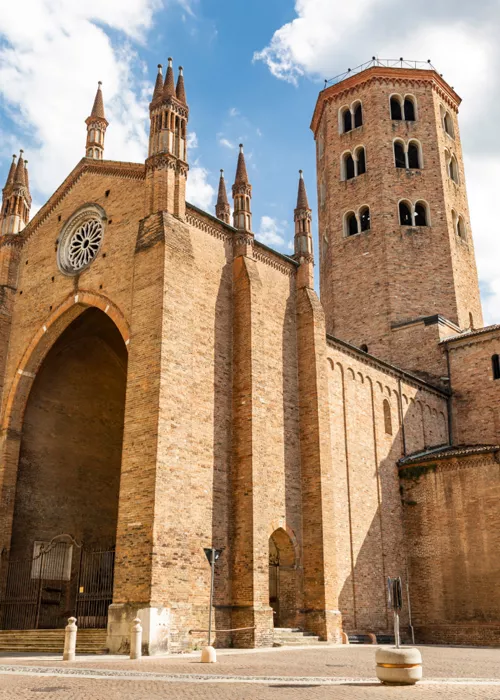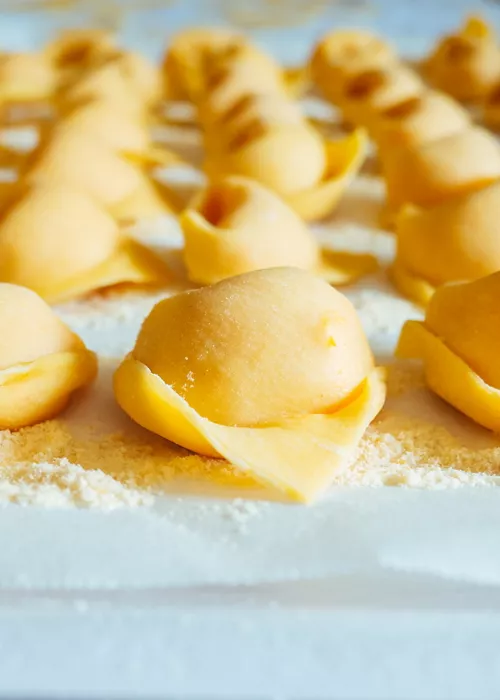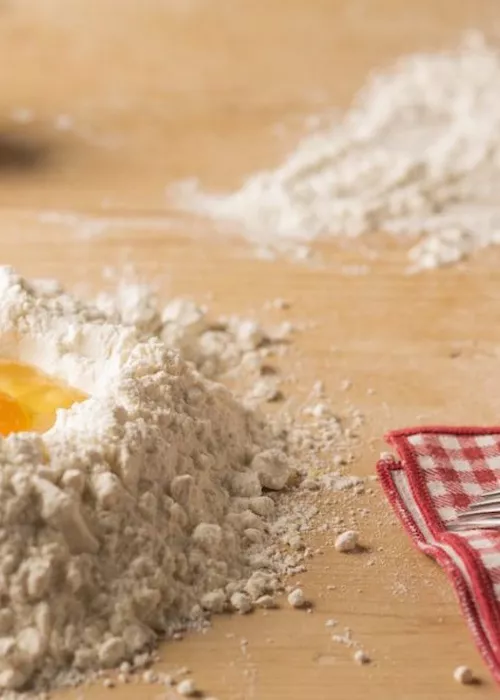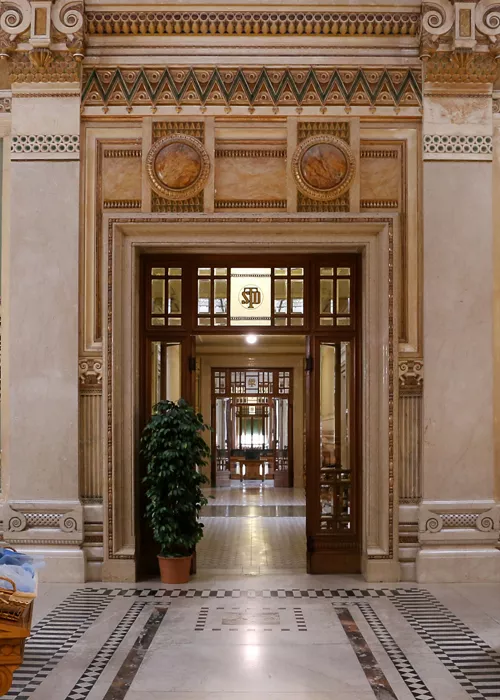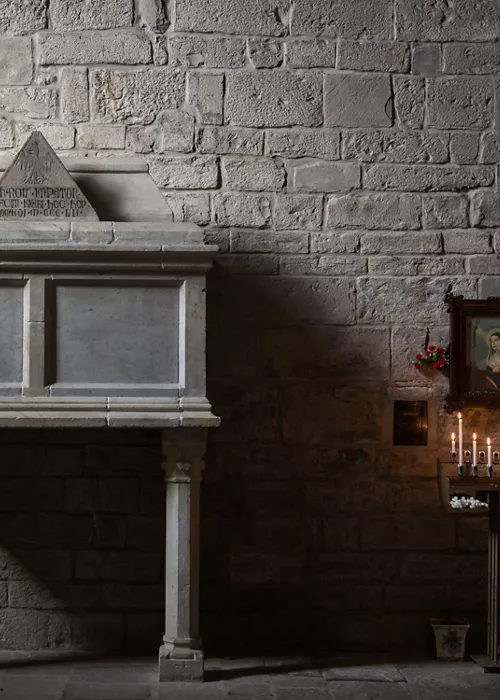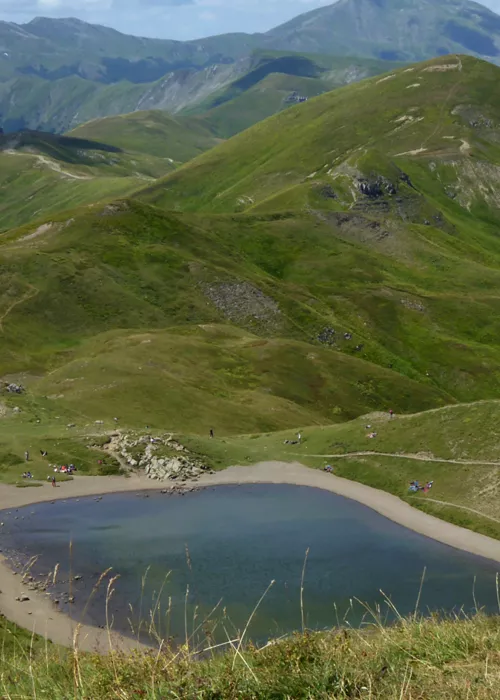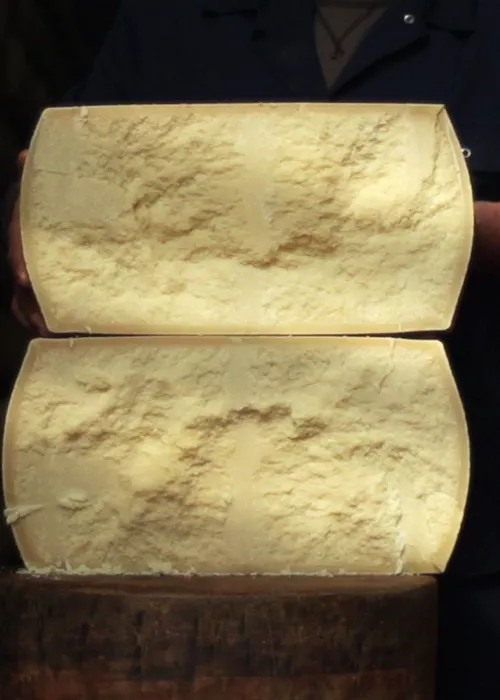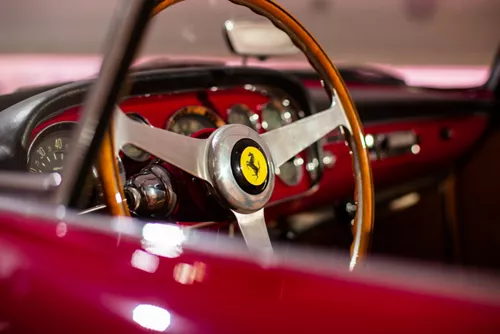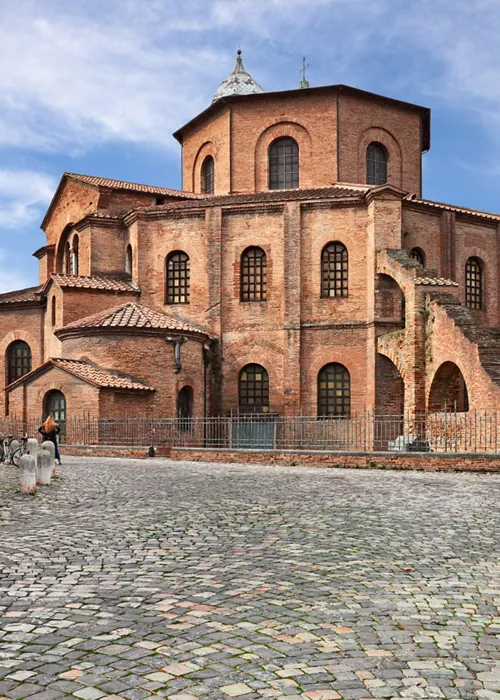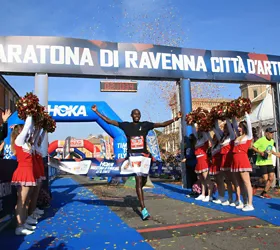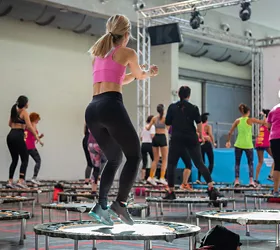Felino Salami Museum: a destination for true gourmands
In Felino, in the cellars of an 18th century castle that sits between the plains and the hills, you will find the Felino Salami Museum.
As you explore the museum, you will discover not only the history of salami and how it is made but also the land that produces it.
Spoiler: it is a beautiful area that is wonderful to explore.
A long history
In Felino, man's relationship with pigs has such ancient roots that can be traced back to the Bronze Age. Here, in the village of Monte Leoni, bone fragments were found that tell a very ancient story.
Salami, on the other hand, was first officially mentioned in 1436: in a document from that year, a condottiere under orders from the Duke of Milan stationed here ordered 20 pigs with which to make salami.
Originally, obtaining a tasty but unsalted salami was difficult, but increasingly refined techniques were developed here to limit the use of salt. They used salami from nearby Salsomaggiore, which was of excellent quality.
In the 19th century, more salami was produced in Felino than in any other town in the area and its salami was also shipped to Lombardy.
Today, 8,000 tonnes of salami is produced every year, reaching every corner of the world.
A feast for the palate
By the Middle Ages, Felino salami was already so popular that the sculptor Benedetto Antelami depicted it in a bas-relief in the Baptistery of Parma, and the court cook of the Farnese family included it in two banquets. At that point, it was consumed after being cooked. It was not until the second half of the 18th century that people began to eat it raw, cutting it into thin slices. Traditionally, it is cut at an angle of 60° so that it does not crumble when eaten fresh.
The museum in the castle
The core of Felino Castle, whose cellars house the museum, dates back to the year 890. Initially, it was just a keep, later enlarged and fortified over time. Over the centuries it belonged to the Pallavicino, Sforza and Farnese families.
The museum tour begins with the historical evidence linking the Felino area to its salami and continues with gastronomy in the ancient kitchens: guaranteed to make your mouth water. The tour then goes on to look at pork products, illustrating how salami was produced in every farmhouse in the area. And of course there is no shortage of information on how it is produced today, maintaining the traditional recipe.
A tour of the surroundings
After discovering all the secrets of salami and tasting a few slices, treat yourself to a walk around the area.
A little way along the stream are the remains of a farm from Roman times. Make sure you also take a look at the Church of the Blessed Virgin of the Purification, founded in 1200 and rebuilt in 1600.
Not far away, in Mamiano di Traversetolo, take a stroll through the park of the 19th-century Villa Magnani, which now houses an exhibition space. The permanent collection includes works by Carpaccio, Titian, Rubes and Cézanne, to name but a few. In the garden there are ancient trees, white peacocks and a large fountain.
Tel: 338.363.4773 - 329.475.5458 - 327.285.100



